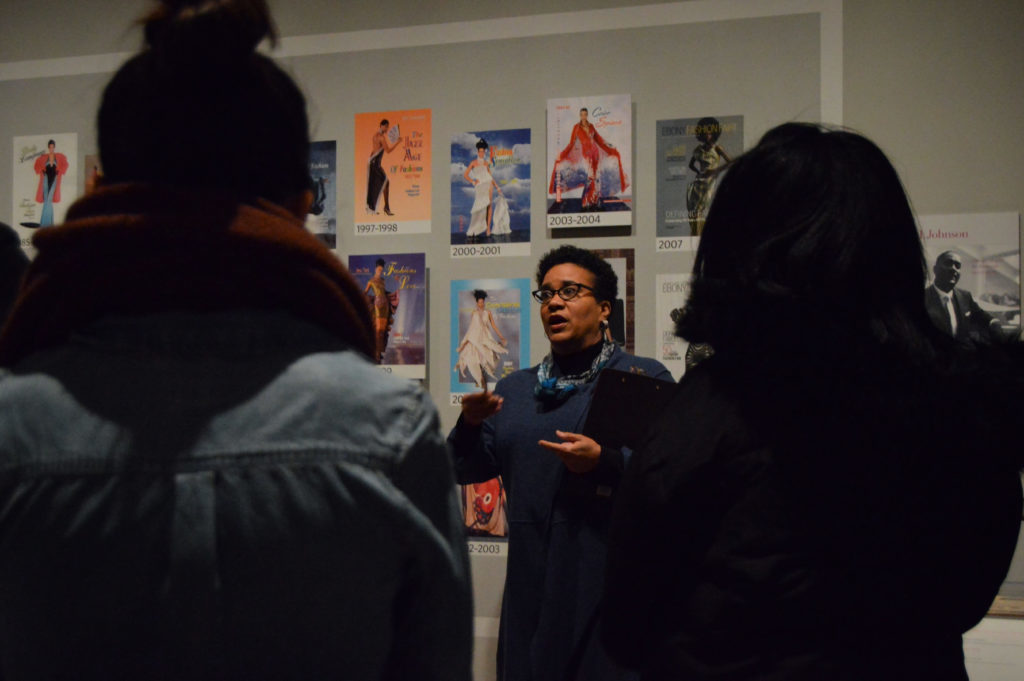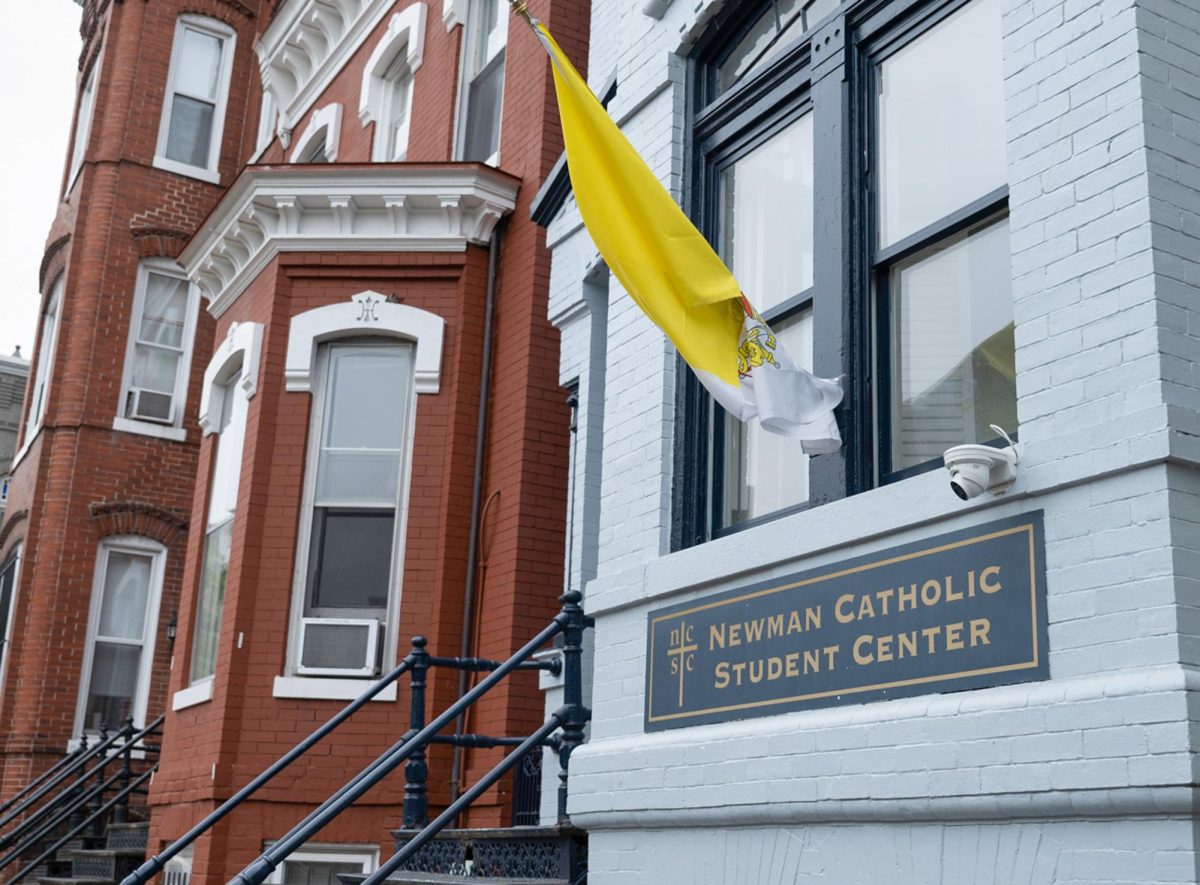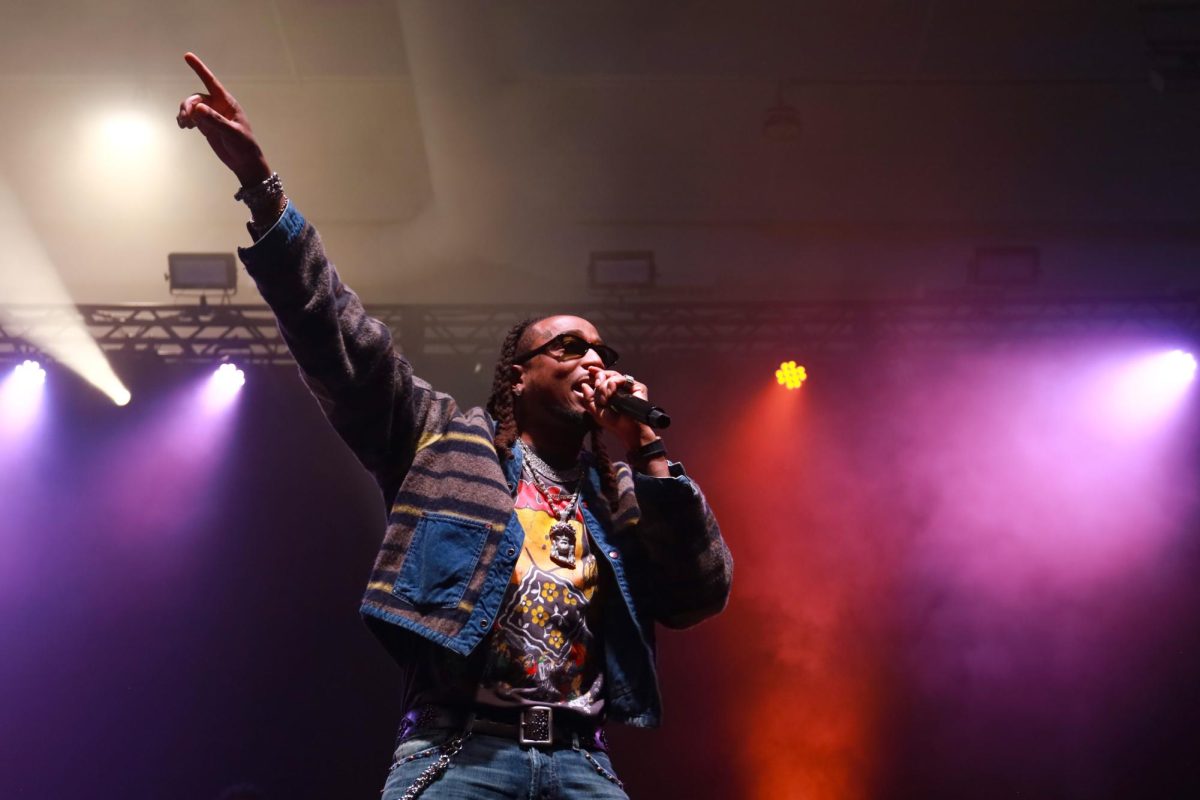The Textile Museum will bring African American fashion and history to campus with an exhibit opening Saturday.
The exhibit, “Inspiring Beauty: 50 Years of Ebony Fashion Fair,” highlights Eunice Walker Johnson’s work as the director and producer of the Ebony Fashion Fair, a traveling fashion show that showcased African American fashion until 2009. The exhibit was created by the Chicago History Museum and Johnson Publishing Company and features almost 100 artifacts, ranging from outfits worn by models during the fashion shows to images of the director.
Within the exhibit are some of the most famous designs worn by the Fashion Fair’s models during their runway shows, created by designers like Christian Dior, Yves Saint Laurent and Oscar de la Renta. Most dresses on display are from the late 1970s to present, because many earlier pieces were left unpresentable by the wear and tear that comes with hundreds of performances a year.
One dress, created by German fashion designer Tilmann Grawe, incorporates horsehair tubing into the design, which gives the piece a 3-D appearance. This dress sits alongside other unique works in the exhibit that also use unexpected materials, including chainmail and metal breastplates.
Camille Ann Brewer, the Textile Museum’s curator of contemporary art, said the Ebony Fashion Fair was started in 1958 by Johnson and her husband John, who was the founder of Johnson Publishing Company and editor of Ebony magazine. The traveling show raised millions of dollars for charity, with most of the proceeds funding education for African American students, as well as raise Ebony’s profile nationwide, she said.
“Mrs. Johnson overcame racial prejudice to bring the pinnacle of global fashion to communities that were eager to see in real time,” Brewer said.
In addition to the pieces worn by models, the exhibit showcases the history of the Fashion Fair and Johnson’s life. The Fashion Fair, under Johnson’s direction, was the first fashion show to use African American and plus-size models, and often included singing, dancing and skits.
When she was unable to find cosmetics for models, Johnson developed her own line for darker-skinned women, Fashion Fair Cosmetics.
Past issues of Ebony and Jet magazines, titles that were owned by Johnson Publishing Company and announced the Fashion Fair’s annual schedule, are also on display. Those who attended a fashion show would receive a year-long subscription for either of the publications included in the price of their ticket.
Pamela Fernandez, a former model in the Fashion Fair and a runway commentator, said during the Fashion Fair’s peak that models and other staff would spend the nine-month season on a Greyhound bus traveling from city to city while working 12 hour days for six days a week.
“When I look back, I miss it so much, but we got burned out,” Fernandez said. “There’s no way you can’t get burned out in a business like that.”
The Ebony Fashion Fair traveled the United States for the last time in 2009 as a result of the ongoing recession and Johnson’s death in 2010. Since that time, former staff members have started the Fashion Legacy Association for Industry Recognition (FLAIR) to organize reunions and continue the philanthropic mission that was the fuel behind the Fashion Fair in the first place by providing aspiring designers with scholarships.





